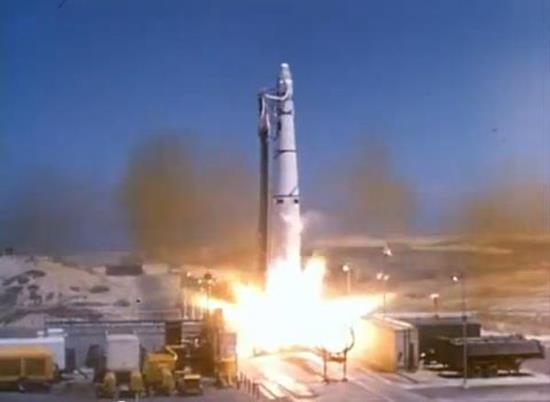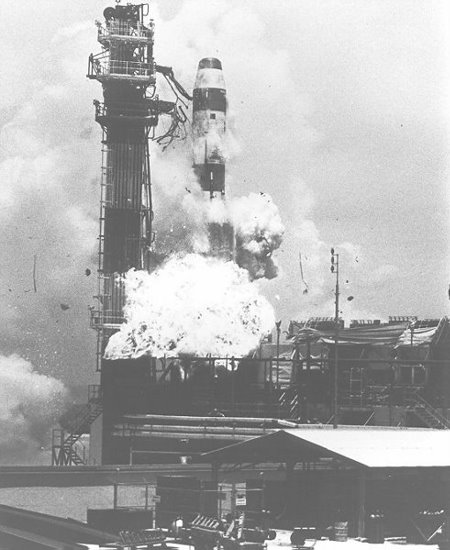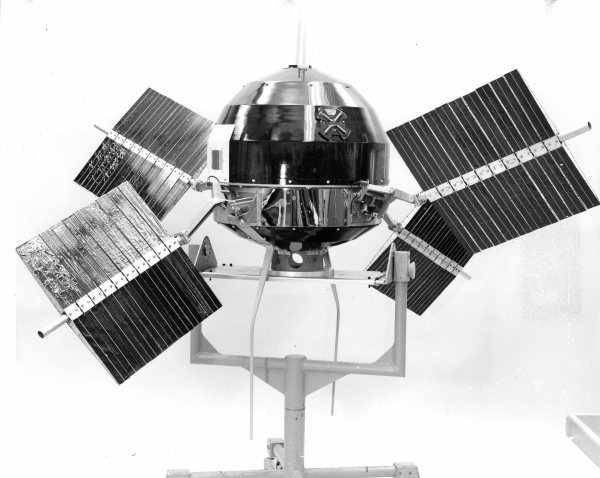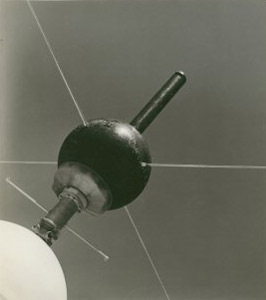The Air Force launched the fifth in its Discoverer series on August 13. Like the last one, there were no passengers on-board (though the recovery capsule was bigger this time around). Unlike the last flight, this one actually made it into polar orbit after its early afternoon launch from the deserts of California. The second stage worked properly, and a tracking station in Kodiak, Alaska (as in "the State of") registered Discoverer's healthy "beep-beeps."

The plan was to eject the 300-pound recovery capsule after orbit #16 and attempt to catch it in mid-descent. Unfortunately, what goes up does not always come down. While a fleet of recovery ships and planes milled about impatiently in the Pacific Ocean, the capsule's retrorocket fired the craft upwards rather than back to Earth. It is still in orbit, where it will remain for a long time. It's a good thing there weren't any passengers (not that they would have survived anyway; I understand that the capsule's internal temperature was far lower than expected, and any rodentnauts would have ended up micicles).
Continuing in the vein of mission fizziles, Beacon 2, a 12-foot balloon satellite design to measure atmospheric density in orbit (there is air up there–just extremely tenuous), failed to orbit when the upper stages of its Juno II rocket misfired due to premature fuel depletion on the first stage. It was a repeat of the failure of the first Beacon on October 23, 1958, which I did not cover for some unknown reason. In that case, the upper stages of the Juno I rocket fired too early.
![]()
Not quite a space shot, there was a third noteworthy rocket failure this week. At the Atlantic Missile Range yesterday, there was a triple-launch of new missiles: the Thor IRBM, which has been heavily employed both as a military system and as a launch system, the Polaris sub-launched missile, and the new Titan ICBM. The first two had good launches, though the camera package in the nosecone of the Thor has not been recovered from the Atlantic ocean. The Titan blew up on the stand, however.

Still, while it is disappointing to read about so many failures in one week, it is exciting that launches are occurring so frequently. Moreover, Explorer VI continues to do yeoman's work in orbit, supplanting Sputnik III (which failed in early May) as the most advanced space laboratory.
Next time–Astounding (packed with… yech… Garrett)!
(Confused? Click here for an explanation as to what's really going on)
This entry was originally posted at Dreamwidth, where it has comments. Please comment here or there.

















